
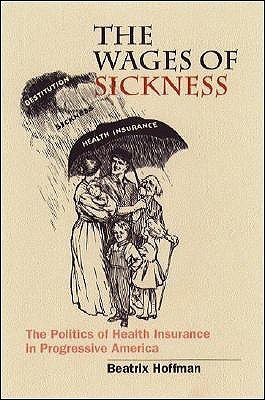

Books in series

Devices and Desires
Gender, Technology, and American Nursing
2000

Wages of Sickness
The Politics of Health Insurance in Progressive America
2001

Bodies in a Broken World
Women Novelists of Color and the Politics of Medicine
2003

Bioethics as Practice
2002

Prozac as a Way of Life
2004

A Death Retold
Jesica Santillan, the Bungled Transplant, and Paradoxes of Medical Citizenship
2006

The Infertility Treadmill
Feminist Ethics, Personal Choice, and the Use of Reproductive Technologies
2007

Pharmacopolitics
Drug Regulation in the United States and Germany
2004

If That Ever Happens to Me
Making Life and Death Decisions After Terri Schiavo
2009
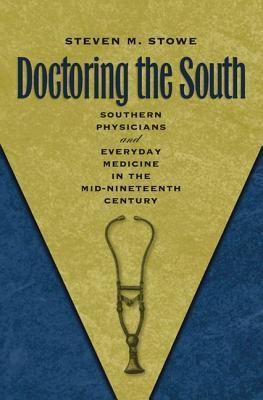
Doctoring the South
Southern Physicians and Everyday Medicine in the Mid-Nineteenth Century
2004

Science Has No Sex
The Life of Marie Zakrzewska, M.D.
2006
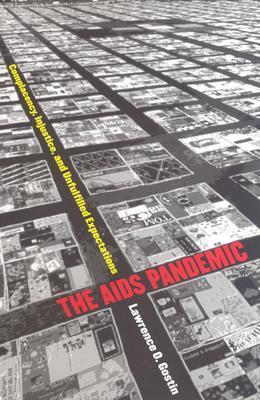
The AIDS Pandemic
Complacency, Injustice, and Unfulfilled Expectations
2003

Understanding Health Inequalities and Justice
New Conversations across the Disciplines
2016
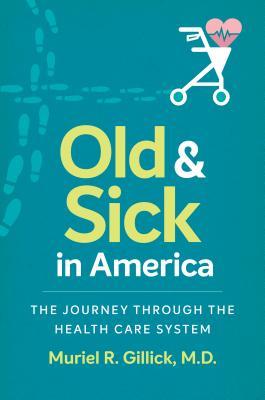
Old and Sick in America
The Journey through the Health Care System
2017
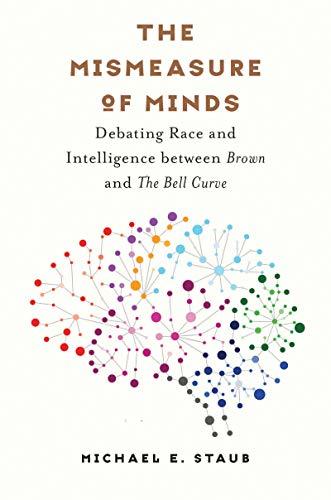
The Mismeasure of Minds
Debating Race and Intelligence between Brown and The Bell Curve
2018
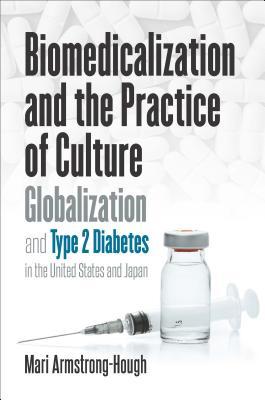
Biomedicalization and the Practice of Culture
Globalization and Type 2 Diabetes in the United States and Japan
2018
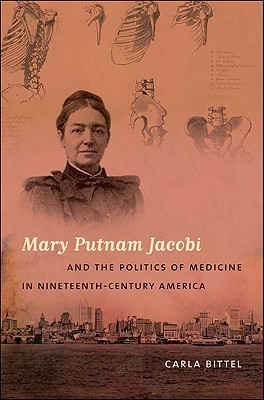
Mary Putnam Jacobi and the Politics of Medicine in Nineteenth-Century America
2009
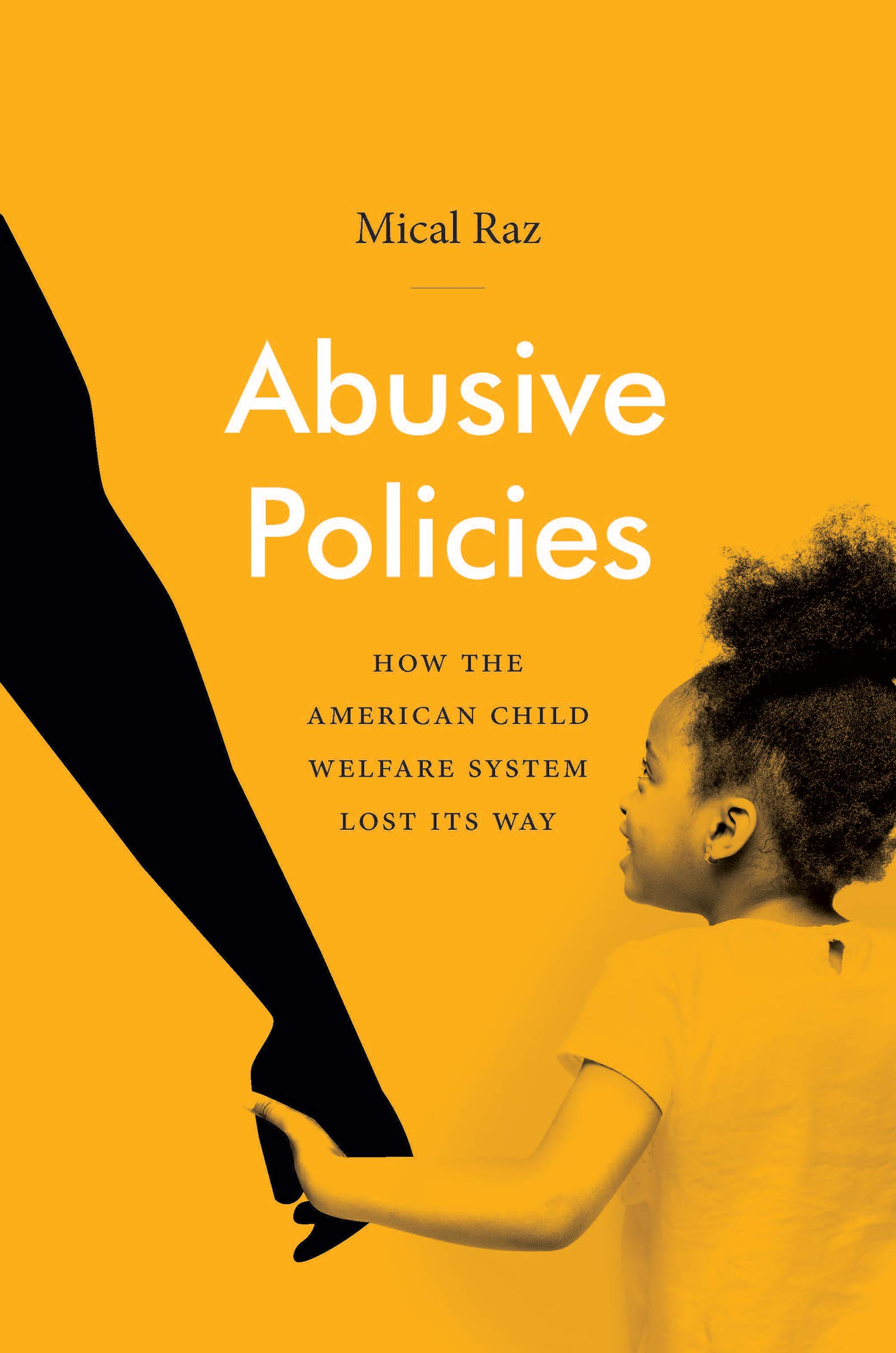
Abusive Policies
How the American Child Welfare System Lost Its Way
2020
Authors
